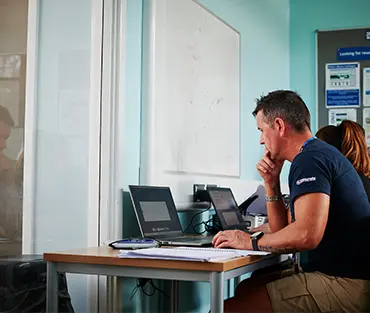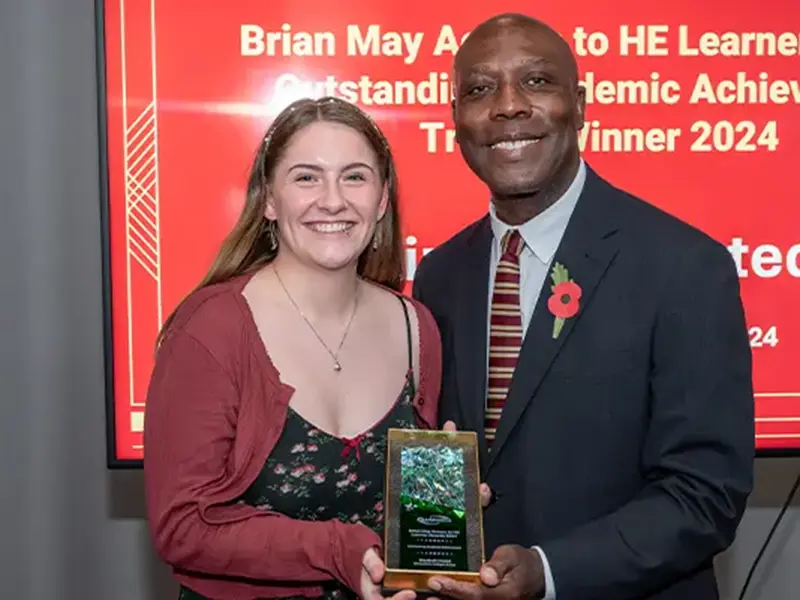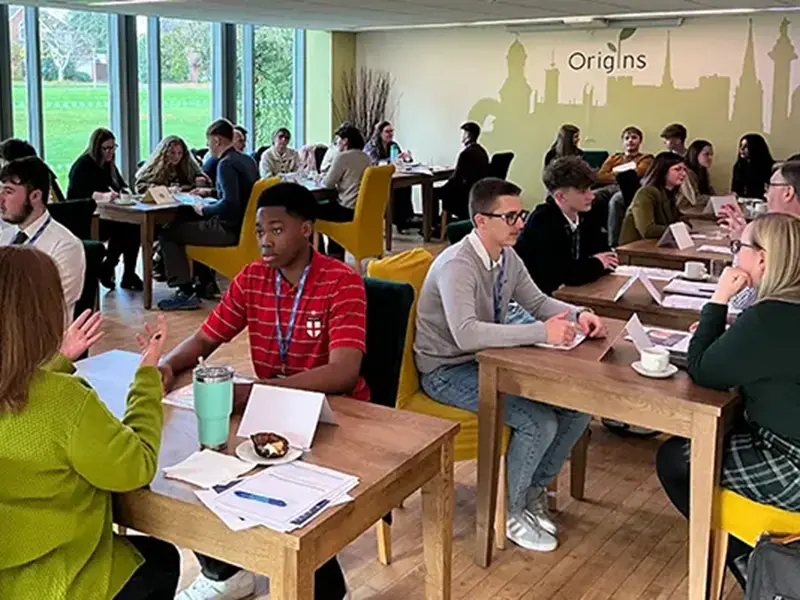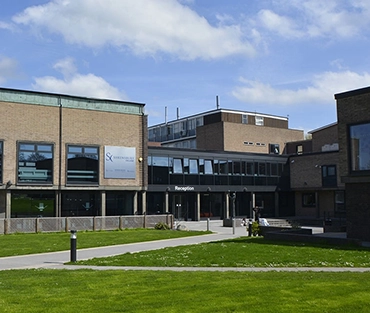News



The National Education Union has notified Shrewsbury Colleges Group that they will be taking further industrial action in January.
The strike days will be Tuesday, 7 January, Wednesday, 8 January and Thursday, 9 January.
The exams and assessments scheduled for the week will go ahead as planned.
We will contact all students from Monday, 6 January, to inform them of lesson arrangements for these strike days.
James Staniforth, Principal of the college, said, ‘The strike action by the NEU is against the Secretary of State and demands a fully funded pay award. The action is not directed at the college.
Our position as a college remains the same. In principle, we support paying the college’s teachers and support staff the same 5.5% pay award that has been awarded to teachers who work in schools and academy colleges. These schools and academies have received an additional £1.1 billion in funding from the Department of Education to make the pay award. Designated sixth-form colleges, such as Shrewsbury Colleges Group, have received no additional funding.
However, we do not condone any action that is detrimental to our students. We also consider that strike action in thirty-two colleges scattered around the country is unlikely to influence the Secretary of State. We are supportive of the actions of our professional association, the Sixth Form College Association, which has taken the government to a judicial review over the irrational decision to fund some colleges and not others’.
He continued: ‘Thank you to everybody who has ensured that the impact of the previous strikes on our students has been minimised.’
The relevant curriculum director will contact any of the small number of students affected by strike action from Monday, 6 January. They will be given the details of alternative arrangements for the strike days.
The Curriculum Directors are:
English Bridge Campus
Helen Morgan and Belinda Greenaway
Welsh Bridge Campus
Cathy McAllister and Jamie Hopkins
London Road Campus
Michelle Dawes, Andrew Lee, Jackie Swan, Stuart Raine, Micky Riddell

The college would like to inform students of the exam dates and times in the New Year ahead of the end of the term.
Read more
Shrewsbury Colleges Group is delighted to celebrate the outstanding achievements of two talented apprentices, Kyle Blower and Cai Curtis.
Read more
A range of guests including students and educators gathered at the Library of Birmingham for the Access to HE Celebration.
Read more
While the rest of the world has been wondering what the outcome of the American elections will be, A Level Classical Civilisation students have been thinking about the similarities and differences between modern and ancient democracies.
Read more
We recently held another successful Speed Networking event specifically designed for our Business T-Level Students.
Read more
We are thrilled to say that a team of Ricoh UK Products Ltd (RPL) Engineering Apprentices received the ‘Highly Commended’ Award at the Apprentice Automation Challenge Finals, which took place at the Manufacturing Technology Centre in Coventry, on Friday 27 September 2024.
Read more